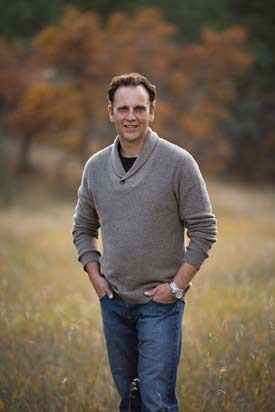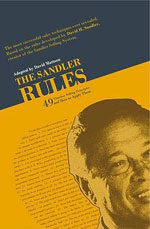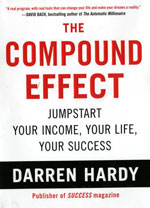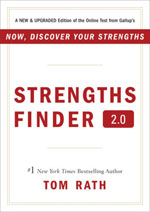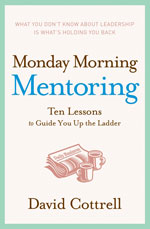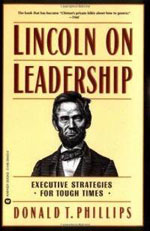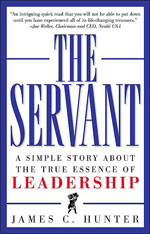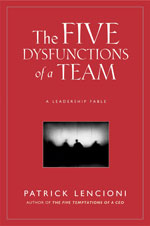 A couple of months ago, I raced in the Leadville 100-mile mountain bike race, which was, by far, the most challenging endurance event I’ve faced so far. I am relatively new to bike racing—up until about 18 months ago, my biking experience was limited to casual recreational riding. People who know me well know that when I’m looking for a challenge, I look for the biggest one possible. Climbing a mountain is not enough—I want the biggest, “baddest” mountain there is!
A couple of months ago, I raced in the Leadville 100-mile mountain bike race, which was, by far, the most challenging endurance event I’ve faced so far. I am relatively new to bike racing—up until about 18 months ago, my biking experience was limited to casual recreational riding. People who know me well know that when I’m looking for a challenge, I look for the biggest one possible. Climbing a mountain is not enough—I want the biggest, “baddest” mountain there is!
The Leadville 100 is considered in the mountain bike community to be the Boston Marathon of endurance mountain bike racing. Although I did not get the results I was looking for, I have no regrets. I have and always will have the “glass is half full” perspective, so my experience at Leadville this year just gives me my big, hairy, audacious goal for 2015! This week I start my training program to get ready for next year—and I’d like to focus this blog post on one of the two big mistakes I made in this year’s race.
About four hours and 40 miles into the race, I knew the first cutoff point was about an hour away. Right about then, I started having issues with my CamelBak (72-ounce backpack hydration bladder). It was not working correctly, so I couldn’t get any fluids. Although I had time to spare to make the cutoff, I didn’t take any time to deal with the issue and pushed through the next 10 miles without hydrating. Big mistake! As I passed the cutoff, reached my crew, and swapped out my malfunctioning CamelBak for a new one, I noticed a twinge in my right leg. I knew this was not good—I was experiencing the initial onset of cramping due to the lack of hydration and crucial electrolytes. Experienced riders know that nutrition and hydration work hand in hand as important keys during endurance events. Our bodies are like any other mechanical machines—when pushed to the extreme, they must be cared for properly. I neglected to do this. I should have stayed ahead of things, for once cramping—“bonking”—starts, it’s almost impossible to recover from it.
Reflecting back on my mistake, I should have dealt with the CamelBak issue immediately instead of waiting until I got to the cutoff aid station. If I had spent 5 – 10 minutes making sure I had access to my hydration, I probably could have made it to the cutoff station in time AND continued to race well. But because I didn’t do this, my cramping got so bad that I just couldn’t regain the time lost.
This experience made me think about how we deal with problems in our careers and in our lives. Life isn’t easy. It’s not fair. And it’s certain to challenge even the best of us. We will all face physical, mental, financial, relational, and resource challenges. Regardless of where you are in your life and your career, I can promise you one thing: you will consistently be faced with challenges and obstacles along the way.
No matter what kinds of problems we face, we must make sure to address them. Problems cannot be ignored in hopes that they will work themselves out, for this rarely happens. Problems must be tackled sooner rather than later.
In a nutshell, dealing with barriers, obstacles, and setbacks requires both attitude and aptitude. Do you have the perspective and skills to thrive under pressure and succeed, or will you implode when faced with a challenge? Just as a diamond cannot be polished without friction, neither can you full develop your skills without being tested by adversity. Use problems as opportunities to polish your skills and develop your attitude.
While such obstacles will certainly challenge your skills and temperament, those who are willing to spend time assessing problems as they arise and who subsequently refuse to back down will succeed in the end. The ability to blow through barriers must become a passion if you want to achieve sustainable success in today’s world. And we cannot blow through barriers when we ignore the problems staring us in the face. When we delay dealing with our problems, we also delay (or derail!) our success.
As I think about next year’s Leadville 100 race, which I consider to be my personal “Mt. Everest,” I reflect on the life of Sir Edmund Hillary, the first person to successfully summit Everest. Many do not realize that Hillary was unsuccessful in his attempt to climb Mt. Everest on three different occasions before he succeeded in 1953. After he reached his goal, admirers told him, “You’ve conquered the mountain.” Sir Hillary replied, “No, I’ve conquered myself.”
Here’s to conquering myself in 2015!
What about you? What problems do you need to face head on this week?







